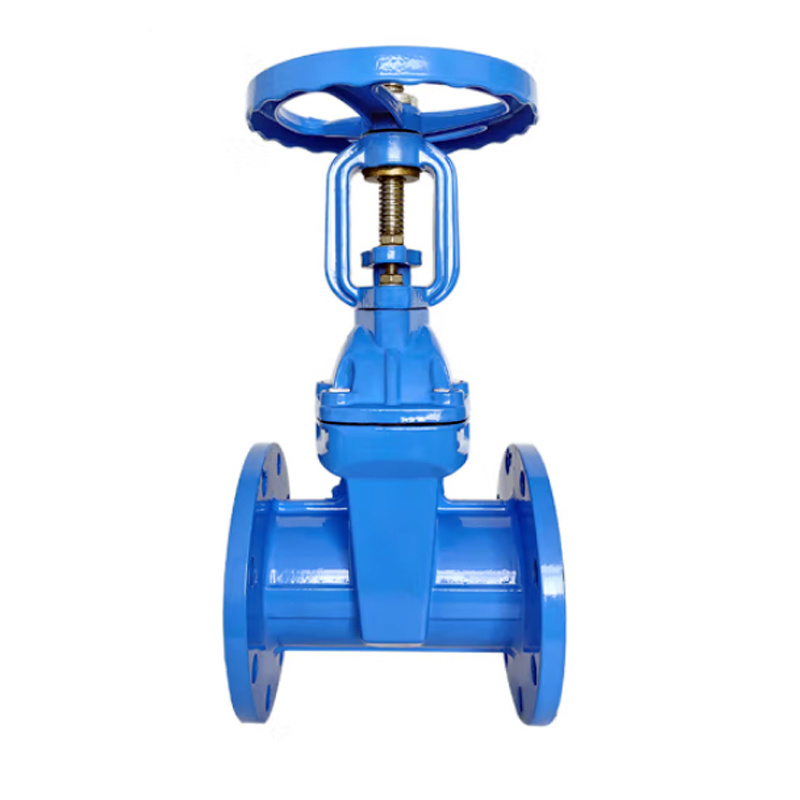RVHX/Z41X Manual Non-Rising Stem Soft Sealing Gate Valve GB/BS5163/DINF4/DIN3352 Compliant
Release Time:
Aug 05,2025
Bright stem soft seal gate valves have become one of the preferred valves for cutting off control of clean fluids (especially water systems) due to their excellent sealing performance (zero leakage), low operating torque, intuitive switch status indication, and good corrosion resistance (stem). It plays an irreplaceable role in urban water supply, building drainage, fire protection, HVAC and other fields.

core definition
Gate valve: a valve that is opened and closed by lifting and lowering the gate perpendicular to the direction of fluid flow. When the gate is lifted, the channel is fully open with low resistance; When the gate falls and presses down on the valve seat, the channel closes and the fluid is cut off.
Bright stem: refers to the threaded part of the valve stem located outside the valve body. When the valve is opened, the valve stem (along with the handwheel) will significantly protrude upwards; Retract when closed. This design allows the operator to intuitively determine whether the valve is in an open or closed state from the height of the valve stem (the higher it is raised, the greater the opening, and the highest when fully open).
Soft seal: Refers to the use of non-metallic elastic materials (such as EPDM rubber, NBR rubber, PTFE, etc.) on the sealing surfaces of the gate and valve seat, or the gate being covered with an elastic body on a metal skeleton (most commonly), relying on the compression deformation of the elastic material to achieve a tight seal.
Working principle
Opening process: Rotate the handwheel counterclockwise ➔ Rotate the valve stem nut ➔ Drive the valve stem to move upward in a straight line (extend) ➔ Drive the valve stem to move the gate upward ➔ Move the gate away from the valve seat ➔ Gradually open the fluid channel ➔ When the gate is fully lifted to the top of the valve chamber, the channel is fully open and the fluid resistance is minimized.
Closing process: Rotate the handwheel clockwise ➔ Rotate the valve stem nut ➔ Drive the valve stem to move downwards in a straight line (retract) ➔ Drive the valve stem to move downwards ➔ Gradually approach and finally embed the valve seat ➔ The elastic material around the valve seat is compressed and deformed ➔ The deformed elastic material tightly adheres to the metal sealing surface of the valve seat, forming a tight sealing ring ➔ The fluid channel is cut off.





